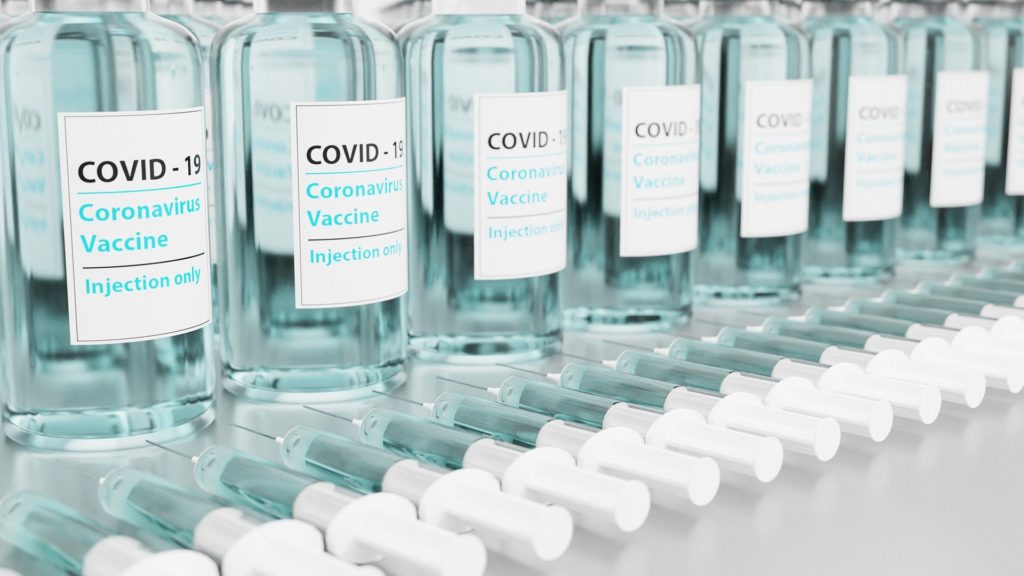Researchers find weight loss may be beneficial for individuals with obesity, but not for the clean credit Kenny Eliason, Unsplash (CC0, https://creativecommons.org/publicdomain/zero/1.0/)
Intentionally losing weight can bring long-term health benefits for individuals with obesity, regardless of the method or strategy they use, according to a study of almost 200,000 people. Those who lost more than 4.5kg had less weight gain and a lower risk of type 2 diabetes than those who did not lose weight, but lean individuals did not benefit, with weight loss attempts associated with longer-term weight gain and higher risks of type 2 diabetes. The research is publishing September 27thin the open-access journal PLOS Medicine.
Obesity can lead to higher risks of diseases including type 2 diabetes. Controlling weight can be an effective strategy for preventing and managing obesity and related diseases, though long-term weight change and risk of developing type 2 diabetes are not well studied.
Qi Sun and colleagues from the TH Chan Harvard School of Public Health, U.S., included healthy participants from three prospective cohort studies from 1988 – 2017. Individuals were aged between 24-78 and predominantly female — 11.6% male and 14.2% male in the cohorts. They grouped methods that led to weight loss of more than 4.5kg into seven categories: low-calorie diet, exercise, low-calorie diet plus exercise, fasting, commercial weight loss program, diet pills and a combination of fasting, commercial and diet pills (FCP).
Exercise was most effective for long-term weight control and prevention in individuals with obesity and associated with least weight gain after four years — 4.2% overall average less weight than at the start in individuals with obesity, 2.5% weight loss in overweight, and 0.4% in lean people. This was inverted for FCP, which saw individuals with obesity sustaining 0.3% weight loss, overweight people sustaining 2% more weight gain, and lean individuals 3.7% more weight gain.
24 years later, risk of diabetes was reduced for individuals with obesity irrespective of weight loss strategy – ranging from a 21% reduction for exercise to a 13% reduction for diet pills. For overweight individuals, the researchers saw a range of 9% reduction in type 2 diabetes risk for exercise to an increase of 42% risk for those who took pills, and in lean individuals, all weight loss was associated with an increased risk of type 2 diabetes — ranging from a 9% increase for exercise and a 54% increase for pills or FCP.
The authors conclude that while weight loss can be beneficial for those who are overweight and obese, weight loss strategies do not bring the same gains for lean individuals and weight loss strategies should be used only by those who medically need them.
“We were a bit surprised when we first saw the positive associations of weight loss attempts with faster weight gain and higher type 2 diabetes risk among lean individuals,” Sun adds. “However, we now know that such observations are supported by biology that unfortunately entails adverse health outcomes when lean individuals try to lose weight intentionally. Good news is that individuals with obesity will clearly benefit from losing a few pounds and the health benefits last even when the weight loss is temporary.”



